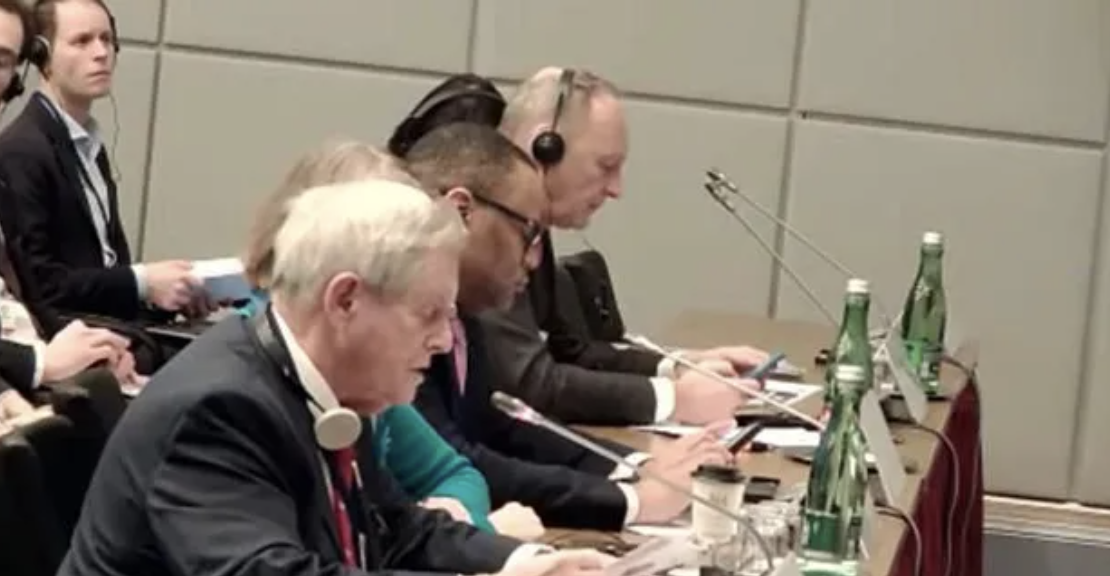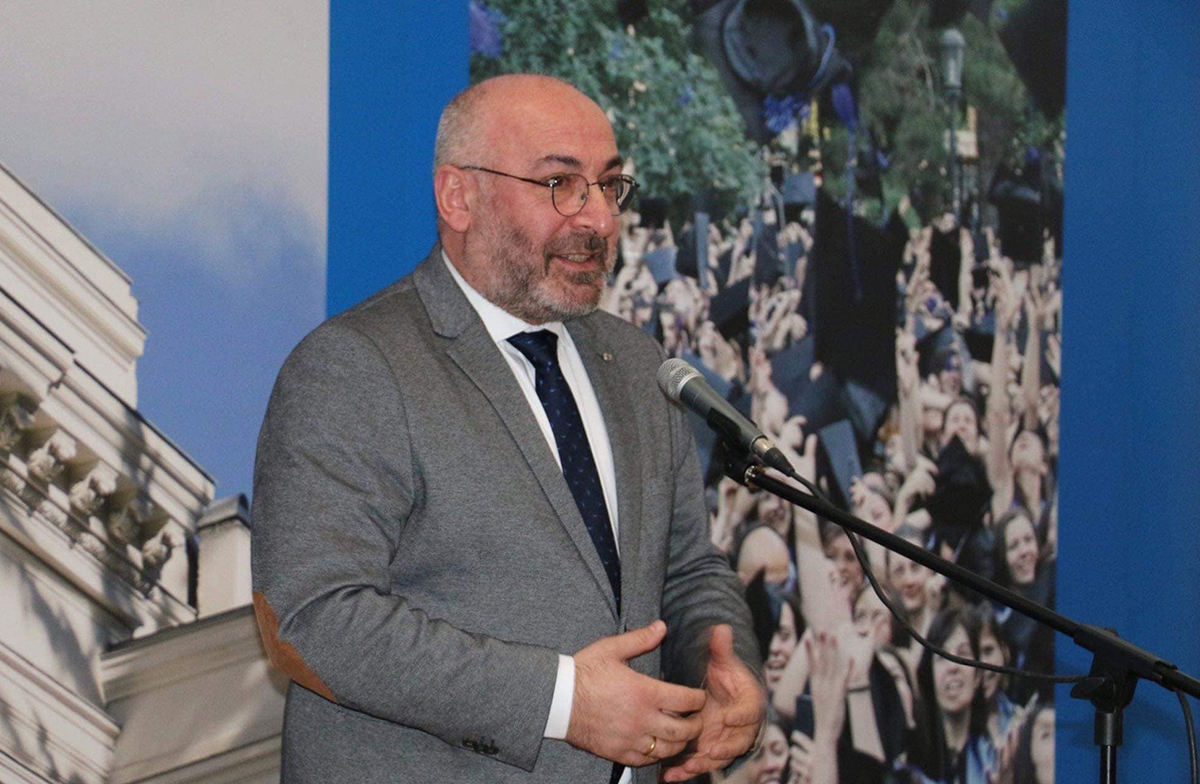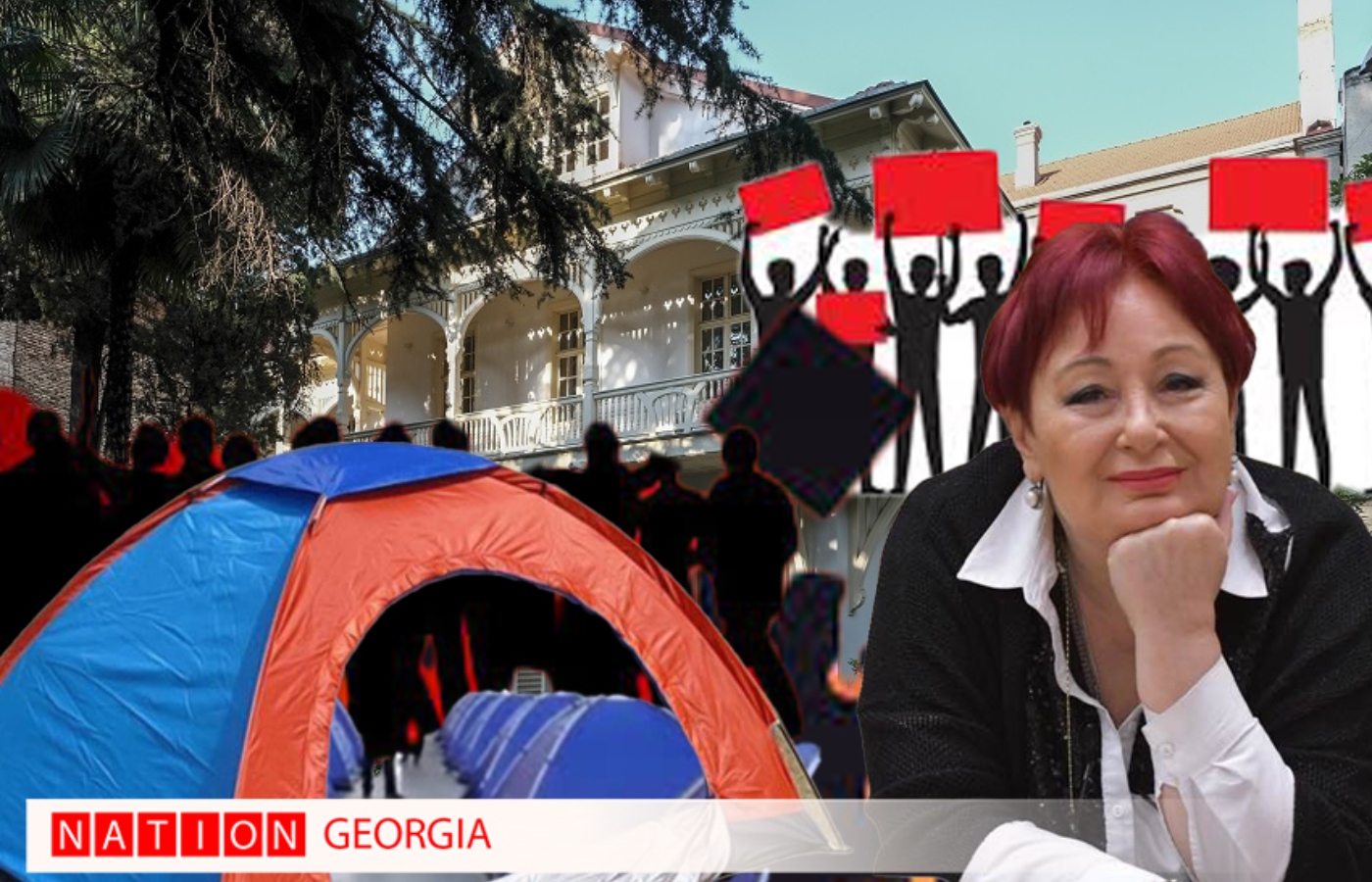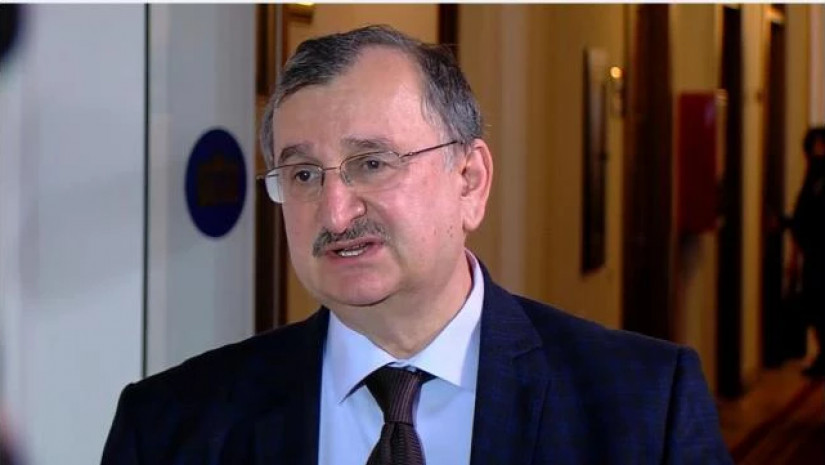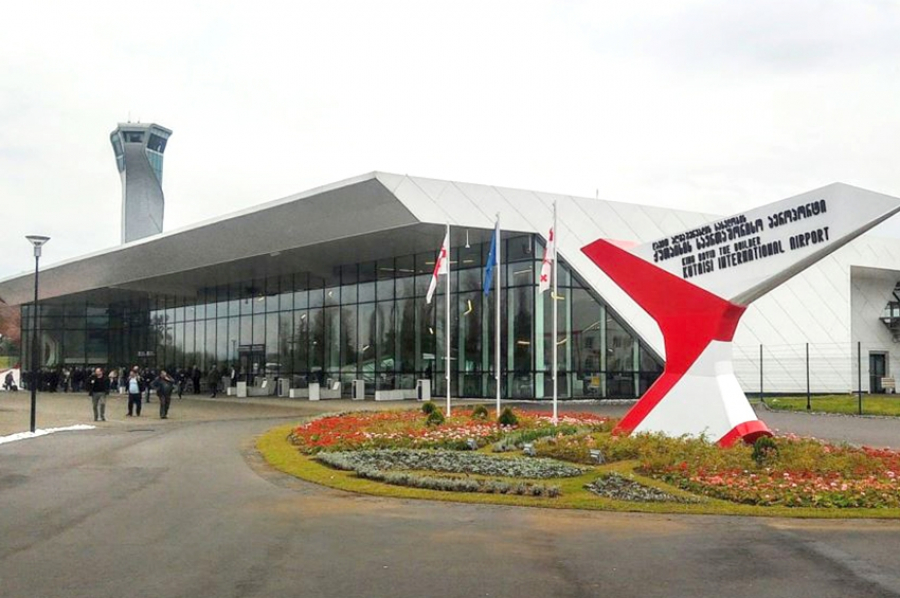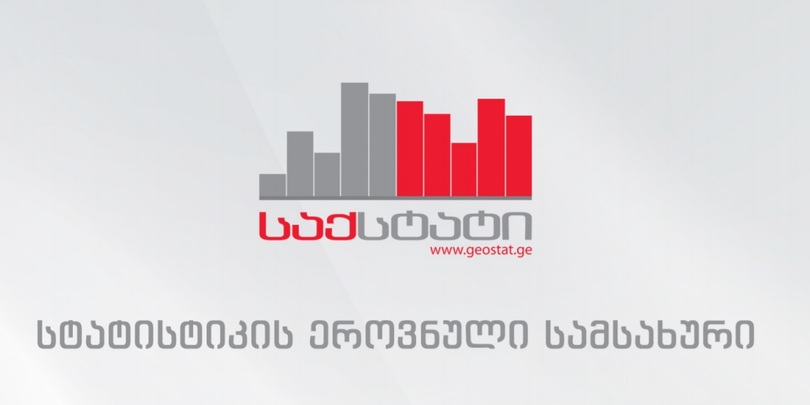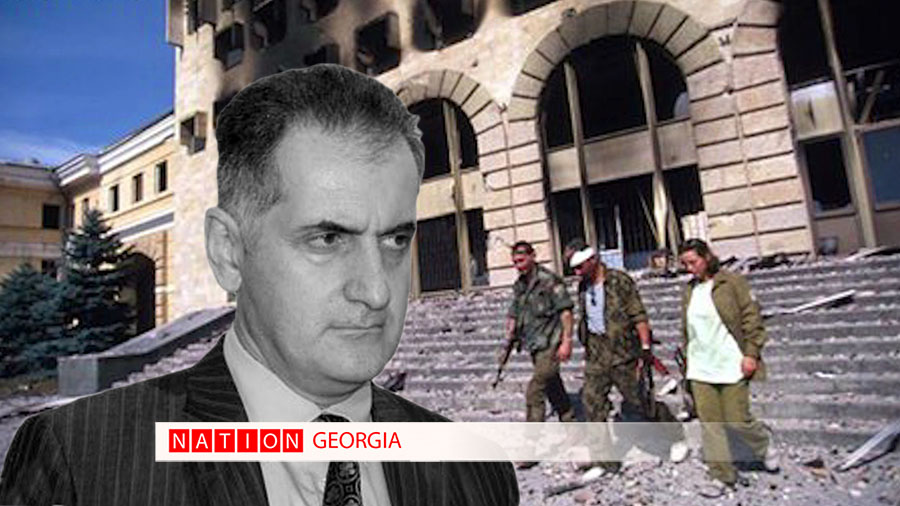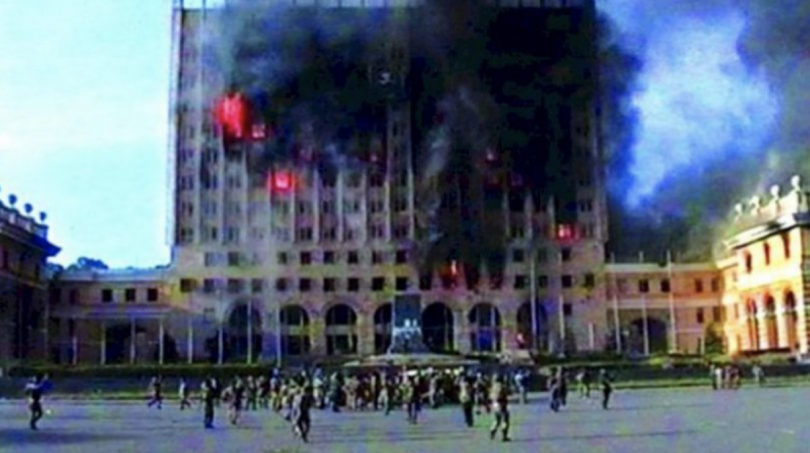
SES identifies Ukraine’s most heavily remotely mined region
18.02.2025 ნახვები: 243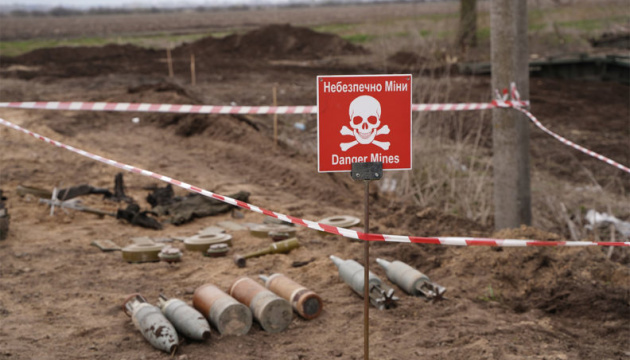
This was stated by the SES chief Andrii Danyk in an interview with Ukrinform.
"When it comes to remote mining, Kharkiv region is the most affected. The primary threat comes from cluster anti-personnel mines (PFM) and seismic sensor-activated anti-personnel mines (POM-3), both of which are banned by international conventions. While neutralizing them is challenging, our personnel are highly trained and equipped to handle these threats effectively," Danyk said.
Danyk noted that Kharkiv, Kherson, and Donetsk regions are currently the most contaminated with explosive devices.
When asked about the factors affecting demining speed, the SES chief that first of all it depends on the extent of contamination.
"If we encounter a minefield that was deliberately set up by the Russians, involving complex, mixed mining with both anti-personnel and anti-tank mines, the demining process slows down. However, there are areas where clearance can be done more quickly," he said.
Another factor that affects this process is seasonal challenges.
"For example, winter presents unique challenges, as mines are frozen into the ground and covered with snow. Additionally, factors such as vegetation, terrain, weather conditions, and several other aspects influence the demining process," said the Head of the SES.
Read also: Head of SES: 100 rescuers killed, 430 injured in Ukraine over three years of warYet, according to Danyk, the biggest obstacle is continued Russian attacks, which make safe clearance efforts difficult.
As reported, on November 26, Kharkiv authorities announced the development of a new mechanized demining vehicle capable of penetrating up to 30 cm into the ground, primarily designed to neutralize anti-tank mines.

